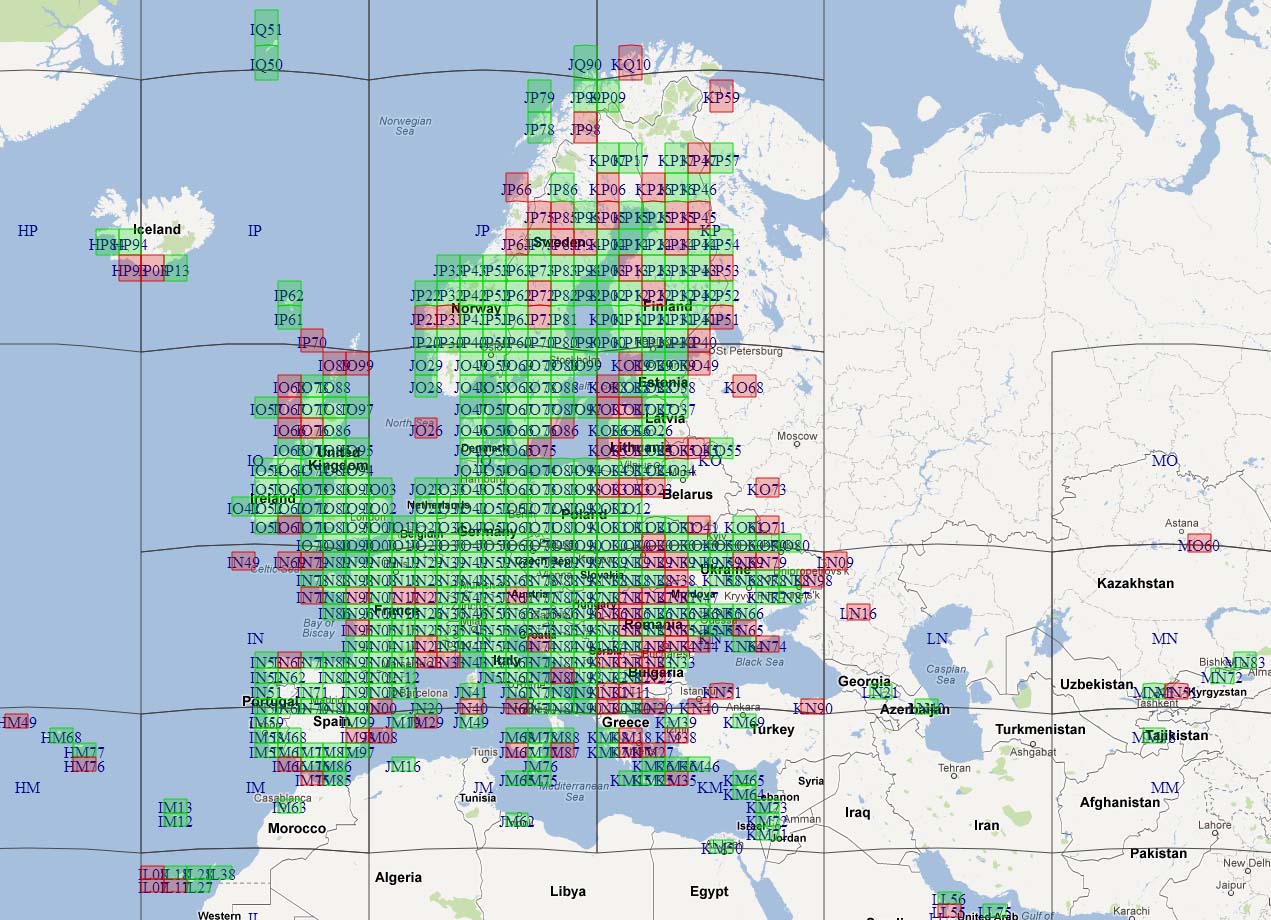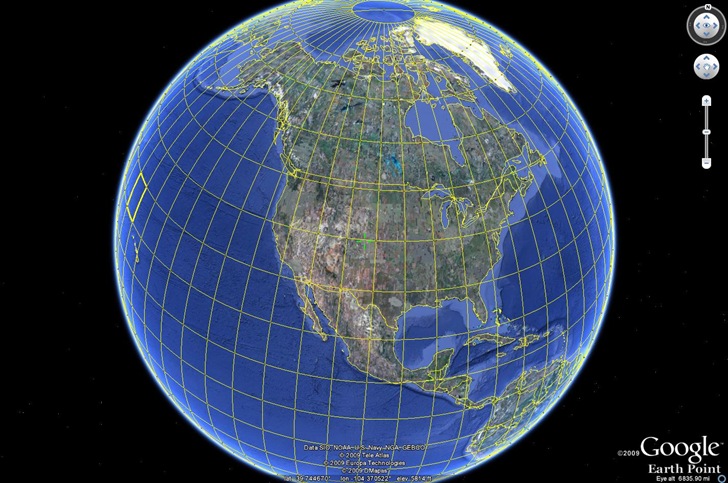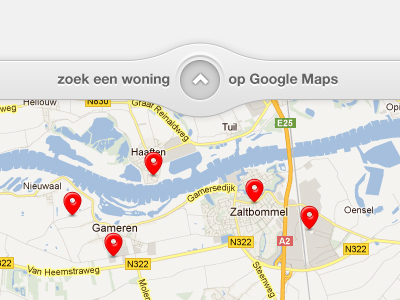
Select Visualization, and scroll to the Map icon. Once you’re viewing the table, you’ll notice that this table contains four pieces of geographic information: city, state, latitude, and longitude. Let’s start an example by visualizing the People table found within the Sample Database.

Pin mapĪ pin map represents data geographically using discrete markers, and requires coordinates - latitude and longitude - to generate. Matches are case-sensitive if the country or state codes listed in your database are lowercase or contain extra spaces, Metabase won’t recognize them. To create a world map or US region map, make sure that your country or state codes match the standardized two-letter format specified by the International Organization for Standardization (ISO). Changing the latitude field from 'No semantic type' to 'Latitude.' To add the field type, click the dropdown menu in the Type column and select Latitude. For example, in figure 2 the State and Longitude fields both have their corresponding field type listed, but Latitude has no field type. Confirm that all your field types are set as a Location data type. To edit metadata, go to your Data Model admin settings. If you plan on using a map visualization, you’ll need to make sure your data is compatible with map visualizations in two ways: states, or two-letter state codes, Metabase will select the map of the United States. If you have a column with two-letter country codes, Metabase will automatically select the world map. An example of the world map with the region mapping visualization. For a different map (for example, one that focuses on a specific region of the world), you can upload a custom map in GeoJSON format.


Forgetting that pin maps may only show a subset of data.Not having a map of the region you need.Choosing an inappropriate field for map coordinates.



 0 kommentar(er)
0 kommentar(er)
